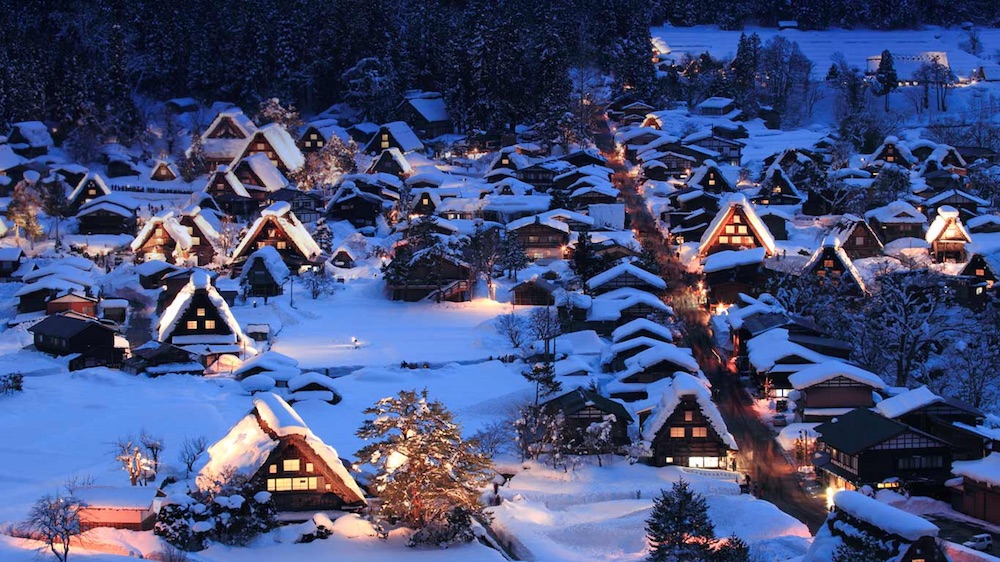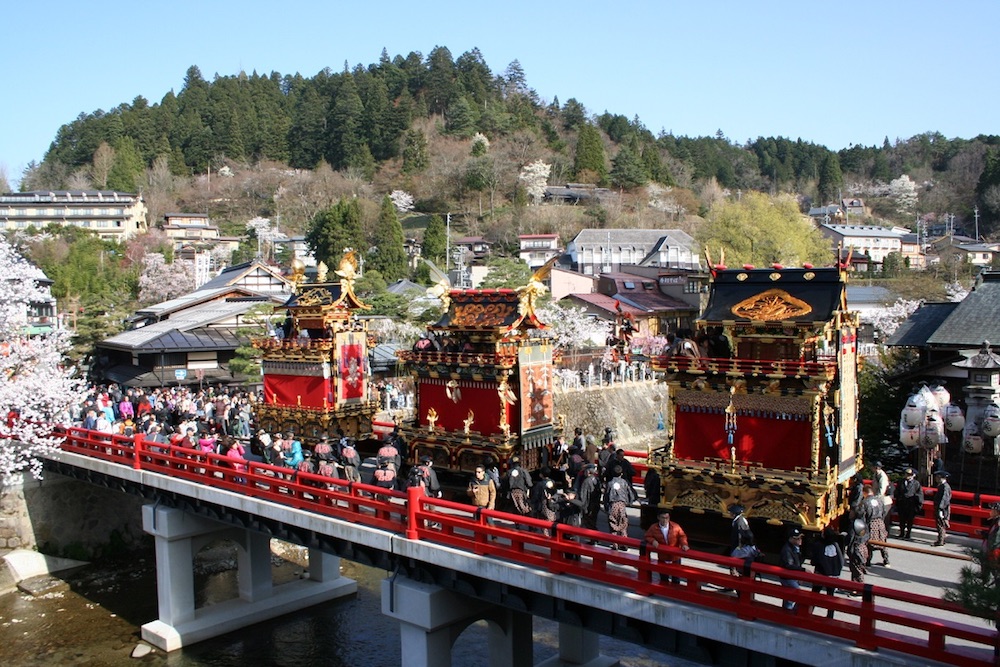History of Gifu Prefecture
Traditional Crafts of Gifu
Sights to see in Gifu
History of Gifu Prefecture
Gifu Prefecture (岐阜県) comprises of 21 cities and derives its name from its capital, Gifu City (岐阜市). Historically, it has been a significant location for Japan.
Its location in the center of the country led it to become the site of several decisive battles, including The Battle of Sekigahara (關ヶ原の戰い). This conflict took place between the Eastern and Western Armies of Japan at the start of the 17th century. This resulted in the establishment of the Tokugawa Shogunate – Japan’s last feudal military government.
Gifu was also known as Japan’s sword-making capital, with Seki City commonly known for creating the country’s finest quality swords. Though there isn’t much need for sword manufacturing these days, two of Gifu Prefecture’s cultural industries are still very much alive. These include the mino-paper production as well as cormorant fishing. As for the most acclaimed areas of the prefecture, there are places such as the Gero Onsen (下呂温泉), Shirakawa (白川) and Takayama (高山).
Gero Onsen is often referred to as “The Bath of Beauty” because of its outstanding hot springs. As for Takayama (高山) and Shirakawa, they are typically recognized for their cultural heritage and traditional farmhouses.
Traditional Crafts of Gifu

Gifu has a few traditional industries, namely the 鵜飼 (cormorant fishing) and 美濃和紙 (mino-paper production) industry. Both of these industries mostly makes use of the crystal-clear water available from the River Nagara that flows through half of the prefecture.
In Gifu, cormorant fishing – called ukai (鵜飼) in Japanese, involves catching sweetfish with the use of an aquatic bird. This bird can also be known as the Japanese cormorant (うむう). They prefecture first started practicing ukai around 1300 years ago. This has since become one of the area’s greatest biggest tourist attractions.
Mino-washi was created in Mino City during the Nara Era (8th century). Washi means Japanese paper (和紙) and the craft of its manufacture has been registered as a “UNESCO intangible cultural heritage”. Amongst other things, washi production relies heavily upon cold, pure running water. This makes Mino City’s proximity to the Nagara River invaluable. One way to learn more about Mino-washi is would definitely be to visit the Mino Washi Akari Art Exhibition which is held for two days every October.
Shirakawa Village (白川村)

Shirakawa is a stunning mountain village renowned for its traditional farmhouses known as gassho-zukuri (合掌造り). The area is approximately 95% mountainous forests which receive some of the heaviest snowfall in the world. Gassho-zukuri can be distinguished by their steep thatched-roofing and simple structure. Their interiors and exteriors have been developed to withstand harsh precipitation, making them perfectly suited for the Shirakawa’s climate. The name for the houses was initially choesn because of the similarity between their roof shape and two hands in prayer; 合掌造り which means “clasped-hands style”.
Tourists visiting the area had increased significantly ever since it became a UNESCO world heritage site in 2005. A common way for visitors to experience the traditional atmosphere of the village would definitely be to spend a night at one of the farmhouses.
Takayama City (高山市)
As there are other Takayama’s throughout Japan, Gifu’s Takayama is often referred to as Hida-Takayama in reference to the old Hida province of northern Gifu Prefecture. With it being only 50 km apart, Takayama and Shirakawa have similar climates and geography. Hence, gassho-zukuri can also be found here – namely in an open-air museum called Hida Village.
Another cultural attraction that puts Takayama on the map is the Takayama Matsuri (高山祭). This festival occurs biannually in spring as well as autumn which would be dedicated to the Hie Shrine and Hachiman shrine respectively.

Gero Onsen (下呂温泉)
As for the Gero Onsen, it lies in the Hidagawa River Valley within 100km of both Gifu City and Nagoya. Gero means lower bath (下呂) and it is being rated as one of Japan’s top three hot spring resorts. The numerous ryokans, footbaths and public baths throughout the area also get to draw in over one million visitors annually.
What makes Gero Onsen so special is its water quality and type. You see, not all onsen were created equal. There are various hot spring types around Japan, each with their own water type, properties, and benefits. Gero Onsen’s water is held with high esteem because of its “simple alkaline” variety. This water type is said to help exfoliate the skin, boost metabolism and remove spots. In turn, Gero Onsen has managed to garner the title of “美人のゆ” which means “Onsen of Beautiful Ladies”. But it is, of course, available for men too!
If you are interested in studying Japanese in Tokyo, find out more about our school by filling out the form below.
[contact-form-7 id=”12634″ title=”Inquiry Form_copy”]